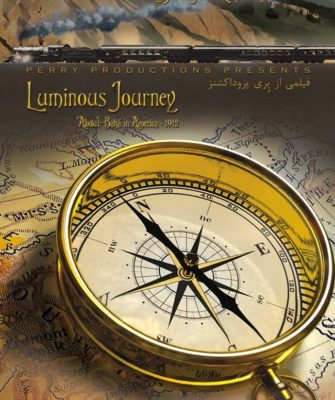



Source: Star of the West, Vol. V, No. 1
Naw-Ruz (`New Day’) is the Baha’i and Iranian new year, which occurs on the date of the vernal equinox, about 21 March (sundown on the March q20th).
Speaking to a group on Naw-Ruz in 1913, ‘Abdu’l-Baha stated:
At this moment the sun appears at the meridian and the day and night are equal. Until today the north pole has been in darkness. This sacred day when the sun illumines equally the whole earth is called the equinox and the equinox is the symbol of the divine messenger. The sun of truth rises on the horizon of divine mercy and sends forth its rays on all. This day is consecrated to this commemoration. It is the beginning of the spring. When the sun appears at the equinox it causes a movement in all living things. The mineral world is set in motion, plants begin to sprout, the desert is changed into a prairie, trees bud and every living thing responds, including the bodies of animals and men.
The rising of the sun at the equinox is the symbol of life and the human reality is revivified; our thoughts are transformed and our intelligence is quickened. The sun of truth bestows eternal life, just as the solar sun is the cause of terrestrial life.
The day of the appearance of God’s messenger on earth is ever a sacred day, a day when man commemorates his lord.
In 1909 this day marked for Baha’i another momentous occasion where ‘Abdu’l-Baha laid to rest the remains of the Bab on Mount Carmel.
In the words of ‘Abdu’l-Baha: “The most joyful tidings is this, that the holy, the luminous body of the Bab … after having for sixty years been transferred from place to place, by reason of the ascendancy of the enemy, and from fear of the malevolent, and having known neither rest nor tranquillity has, through the mercy of the Abha Beauty, been ceremoniously deposited, on the day of Naw-Ruz, within the sacred casket, in the exalted Shrine on Mt. Carmel.”


![]()
![]()
Whether you are exploring the Bahá'í Faith or looking to become an active member, there are various ways you can connect with our community.
Please ensure that all the Required Fields* are completed before submitting.